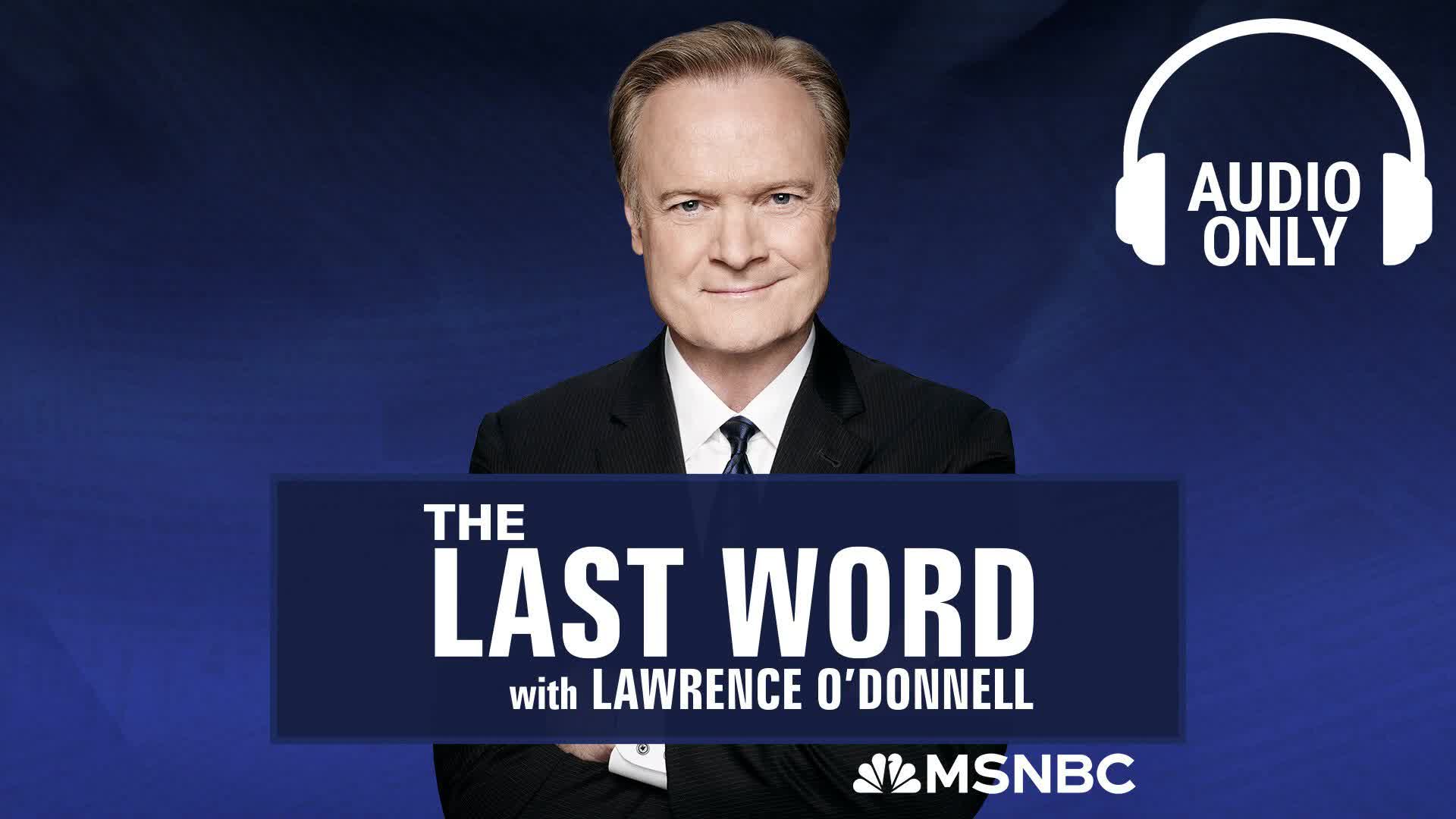Unemployment
What happened to the National Nuclear Security Administration employees during the Trump administration?
During the Trump administration, hundreds of employees at the National Nuclear Security Administration were abruptly fired, with their terminations made effective immediately. These workers were immediately cut off from their work email accounts and computer systems, leaving them completely disconnected from their jobs. The following day, administration officials apparently regretted this hasty decision and attempted to rehire ('unfire') these employees. However, because they had already severed all digital access, they had no way to contact the very people they now wanted to bring back. This incident exemplifies the chaotic management decisions that potentially compromised nuclear security operations.
Watch clip answer (00:28m)What concern did Senator Patty Murray express about layoffs at the Hanford nuclear site?
Senator Patty Murray, a Washington Democrat, expressed grave concern that the Trump administration had begun indiscriminately laying off workers at the Hanford nuclear site in Washington State. She warned that attempting to operate Hanford with a 'skeleton crew' creates a dangerous situation that could lead to disaster with potentially irreversible consequences. The senator's statement highlights the serious safety implications of reducing staff at one of the world's most contaminated nuclear sites. These layoffs affect critical cleanup and security personnel, potentially compromising the safe management of hazardous nuclear materials and threatening both environmental safety and infrastructure reliability in the Pacific Northwest.
Watch clip answer (00:20m)What concerns have been raised about the Trump administration's mass layoffs at the Bonneville Power Administration and Hanford nuclear site?
The Trump administration's mass layoffs at Bonneville Power Administration and Hanford nuclear site have raised serious concerns about power grid reliability and nuclear safety. Over 600 essential employees have been fired, including electricians, engineers, line workers, and cybersecurity experts who maintain the largest electricity supplier in the Pacific Northwest. These cuts also affect cleanup crews at Hanford, one of the worst sites of nuclear contamination in the country. By reducing staff responsible for maintaining critical infrastructure and nuclear site management, these layoffs potentially compromise both the stability of the regional power grid and the safety protocols at contaminated nuclear facilities.
Watch clip answer (00:46m)What impact did Elon Musk's terminations have on USAID employees?
Elon Musk's terminations at USAID created widespread fear and uncertainty among employees. According to Annie Lynn, dedicated public servants with decades of experience across multiple administrations suddenly lost their financial stability overnight, leaving them unable to pay for childcare, medical bills, and other essentials. The firings prioritized loyalty over competency, with employees being forced to leave the building immediately and never allowed to return. This abrupt dismissal not only disrupted the livelihoods of long-term public servants but also affected critical international aid programs, highlighting the significant personal and professional toll of these terminations.
Watch clip answer (00:49m)How is the upcoming tax increase affecting UK businesses?
The major tax increase set to take effect in April is severely impacting UK business confidence, which has plummeted to its lowest level in a decade (outside pandemic periods). This unprecedented decline in employer confidence reflects widespread concerns about the sustainability of business operations under increased tax burdens. The situation represents a significant economic challenge, with businesses across various sectors preparing for financial strain that could potentially affect hiring decisions and growth strategies. This historically low confidence level suggests businesses are bracing for substantial negative impacts from the impending tax changes.
Watch clip answer (00:09m)Why are UK business leaders skeptical about economic recovery?
UK business leaders remain skeptical about economic recovery despite Treasury promises, primarily due to rising costs and increasing regulatory pressures. Companies are implementing hiring freezes and delaying investments as they struggle to manage mounting financial challenges. The economic outlook appears uncertain for many businesses as they attempt to navigate these obstacles. With one in four companies considering layoffs and employer confidence at its lowest in a decade, the private sector faces significant hurdles on the path to recovery amid stagnant GDP growth.
Watch clip answer (00:16m)


